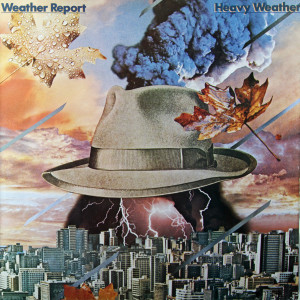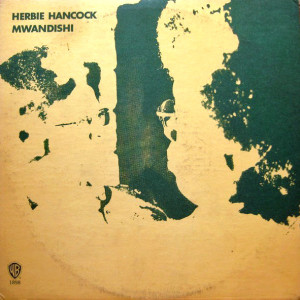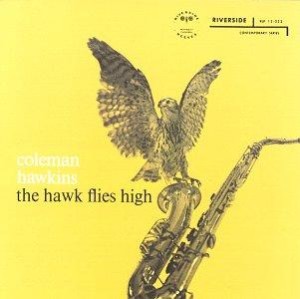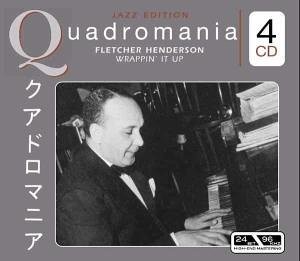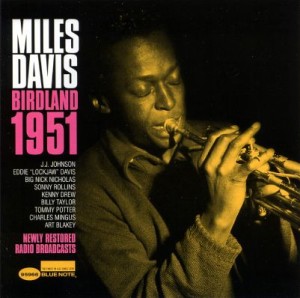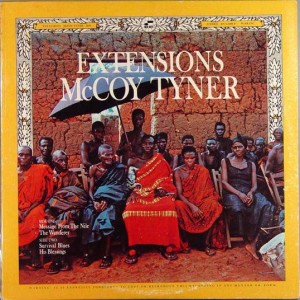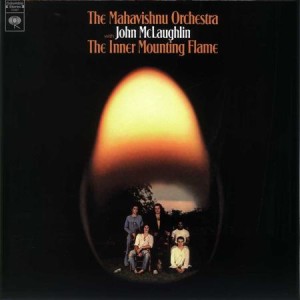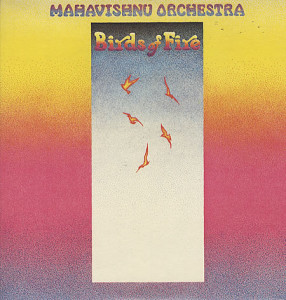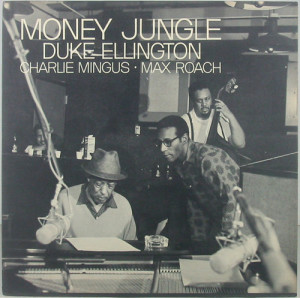
Herbie Hancock – Mwandishi Warner Bros. WS 1898 (1971)
Herbie Hancock dove into the fusion movement with his Mwandishi sextet on the albums Mwandishi, Crossings and Sextant. In a way, the group was under the influence of Miles Davis, always operating in sight of Davis’ classic Bitches Brew. That should come as no surprise given the Davis alumni represented in Hancock’s group. The sound of Mwandishi is reminiscent of early Weather Report, another Davis-related group. But if one thing distinguishes the approach of Hancock’s sextet, it’s the way they adapt the equal shares improvisational techniques of The Modern Jazz Quartet to the fusion era. There is a balance and equality in the performances of all the players, without orderly rounds of solos that divide the group into soloists and accompaniment. Players comment, add coloring, and drift away almost as they please. There are hints of the popular funk Hancock’s Head Hunters group would pursue a few years down the road, but those appear just in snippets that arise only to subside amidst the modulating soundscapes. More so than in the Modern Jazz Quartet’s era though, there is a looseness in the song structures. The freedoms of the new thing of the 1960s had been internalized to the point where Mwandishi sounds comfortable without linear song progression. One complaint some may have is the almost troubling closeness of some of this to new age music — a complaint also frequently leveled at Weather Report. That is probably unfair, given that the similarities are mostly superficial. In all, this may not quite be a landmark of the fusion era, but it is another good example of how the early fusion era seemed endlessly creative in ways the later fusion era often did not.

